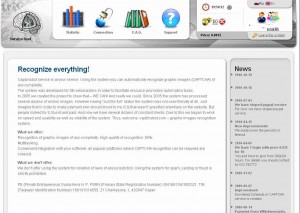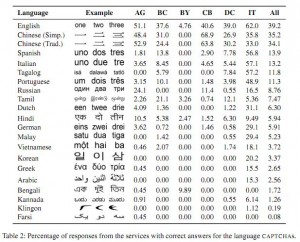Federal investigators have identified a 23-year-old Russian man as the mastermind behind the notorious “Mega-D” botnet, a network of spam-spewing PCs that once accounted for roughly a third of all spam sent worldwide.
According to public court documents related to an ongoing investigation, a grand jury probe has indicted Moscow resident Oleg Nikolaenko as the author and operator of the Mega-D botnet.
Federal agents settled on Nikolaenko thanks to information provided by Lance Atkinson, an Australian man named as a co-conspirator in the “Affking” e-mail marketing and counterfeiting operation that was shuttered in 2008 after investigations by the FBI, the Federal Trade Commission and international law enforcement authorities. The Affking program generated revenues of $500,000 a month using spam to promote counterfeit Rolexes, herbal “male enhancement” pills and generic prescription drugs.
As part of his guilty plea to spam violations, Atkinson provided investigators information on the top spammers who helped to promote the Affking products. Among them was an affiliate who used the online nickname “Docent,” who earned nearly $467,000 in commissions over a six month period in 2007.
Atkinson told investigators that Docent’s commissions were sent to an ePassporte account, under the name “Genbucks_dcent,” that was tied to the e-mail address “4docent@gmail.com.” Records subpoenaed by the grand jury found that the ePassporte account was registered in Nikolaenko’s name to an address in Moscow.
According to court documents, investigators found numerous executable files in Docent’s Gmail inbox. Those files were analyzed by researchers at SecureWorks, an Atlanta based security firm, which found them to be samples of the Mega-D malware.
Update: [Nikolaenko was reportedly arrested in the United States recently. See update at the end, after the jump.]










